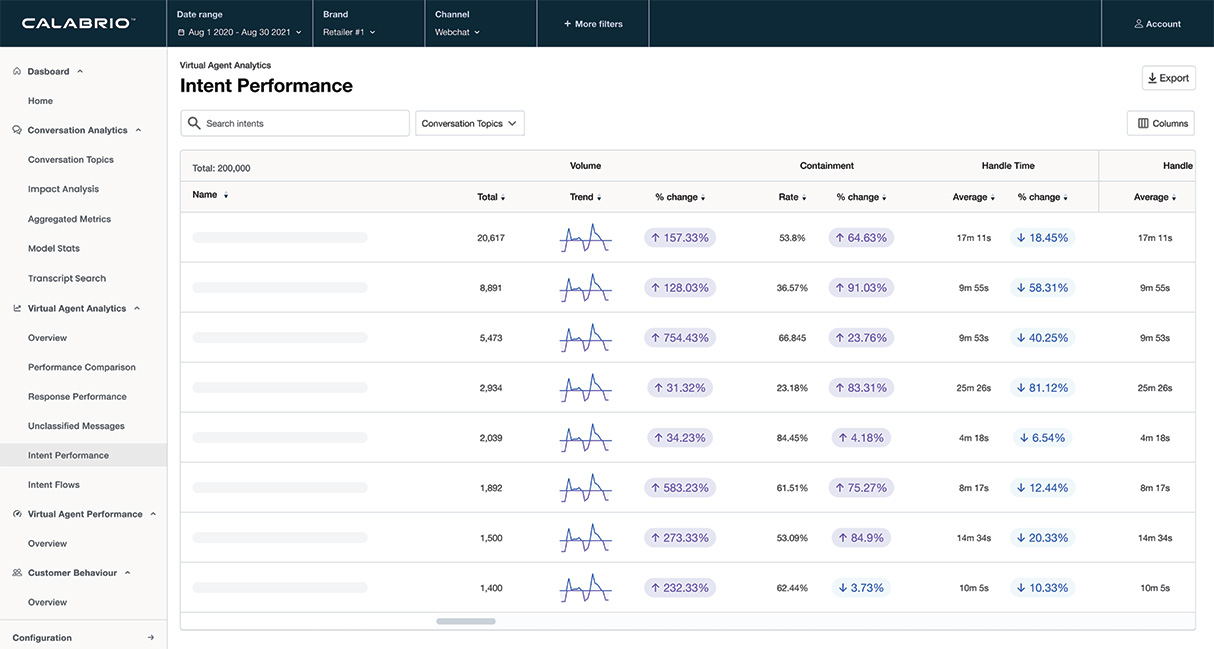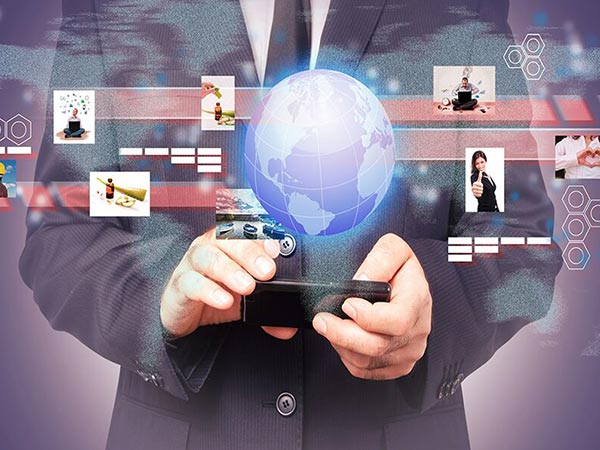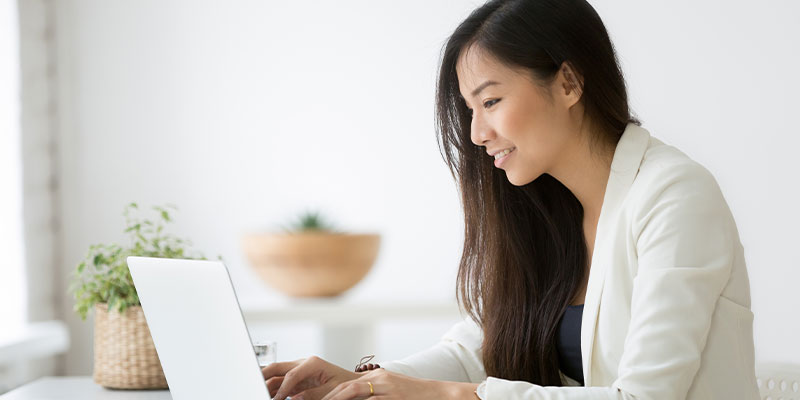WFM evolution …not revolution!
WFM evolution …not revolution!

There is a reason you have invested in a WFM system. That reason is the promise of a better working world: a world where service levels are met with greater efficiency in staff numbers and higher occupancy levels, where adherence is managed well above the 90-percent rate and where satisfied agents feel empowered by having a say about their shifts and schedules.
Yes, a WFM system can deliver on all these promises. This means moving from a rigid, limited world of Excel spreadsheets with flat, eight-hour shifts, two days off for everyone and other simple rules, to a world that is more efficient, faster, with many more options. It can happen. But there is a catch. The challenge is not the process or technology. It is one of people; namely, your agents.
In a spreadsheet-driven world, agents have the same shifts during the week with regular working hours. However, schedules are not forecast-driven as in a WFM system. Everyone is subject to the same rules and given no leeway to complain. There is not even any mention of the need to take breaks at specific time intervals! But with a modern, advanced WFM system comes many improvements, which may rock the boat for your agents. This is a case where the hard stuff is really the “soft stuff”.
To share some of the best ways we have seen customers apply best practices at this delicate stage:
- Clearly explain to your staff and agents the reason for a WFM deployment and the expected improvements from it; not only how to use the system to be able to access schedules.
- Create the urgency for this evolution; for example, the need to perform better and answer calls faster than the competition.
- Implement the change in incremental steps, not all at once. If you want to see the reaction to a certain process change, test one single team for some time before moving forward and applying the changes to everyone else.
- Show that there is much in it for them: the ability to select dates and times for work preferences, easier processes for shift trades and applying for leaves, and a multitude of other empowering WFM features that they now will have direct access to.
- Reward agents on KPIs that your system is now able to produce and measure, and which agents can access directly, such as adherence. Recognize those agents with, for example, the highest adherence levels, and any other superior KPI levels achieved.
In all situations, there needs to be an understanding that change will impact agents and their work-life balance, and more importantly, that this needs to be carried out step by step, not radically, in one fell swoop.









